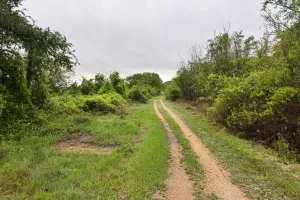The Goodwater Loop is a 27-mile trail circling Lake Georgetown that's perfect for training hikes. You'll want to tackle it clockwise from Cedar Breaks or possibly starting from Tejas Park between October and April. To be upfront though, note that Texas summers are brutal. Water's somewhat limited outside of recreational camps, so fill up at Russell and Tejas Parks.
You should pack light but smart: good trail runners, comfortable lightweight pack and cool sleep system. Then pack enough food to keep your brain functioning. The trail takes most hikers about 9 hours if they push for one shot, but many plan for an overnight or two night relaxed pace to truly experience whats out there.
Goodwater Loop Trail Thru Hike Basic Stats
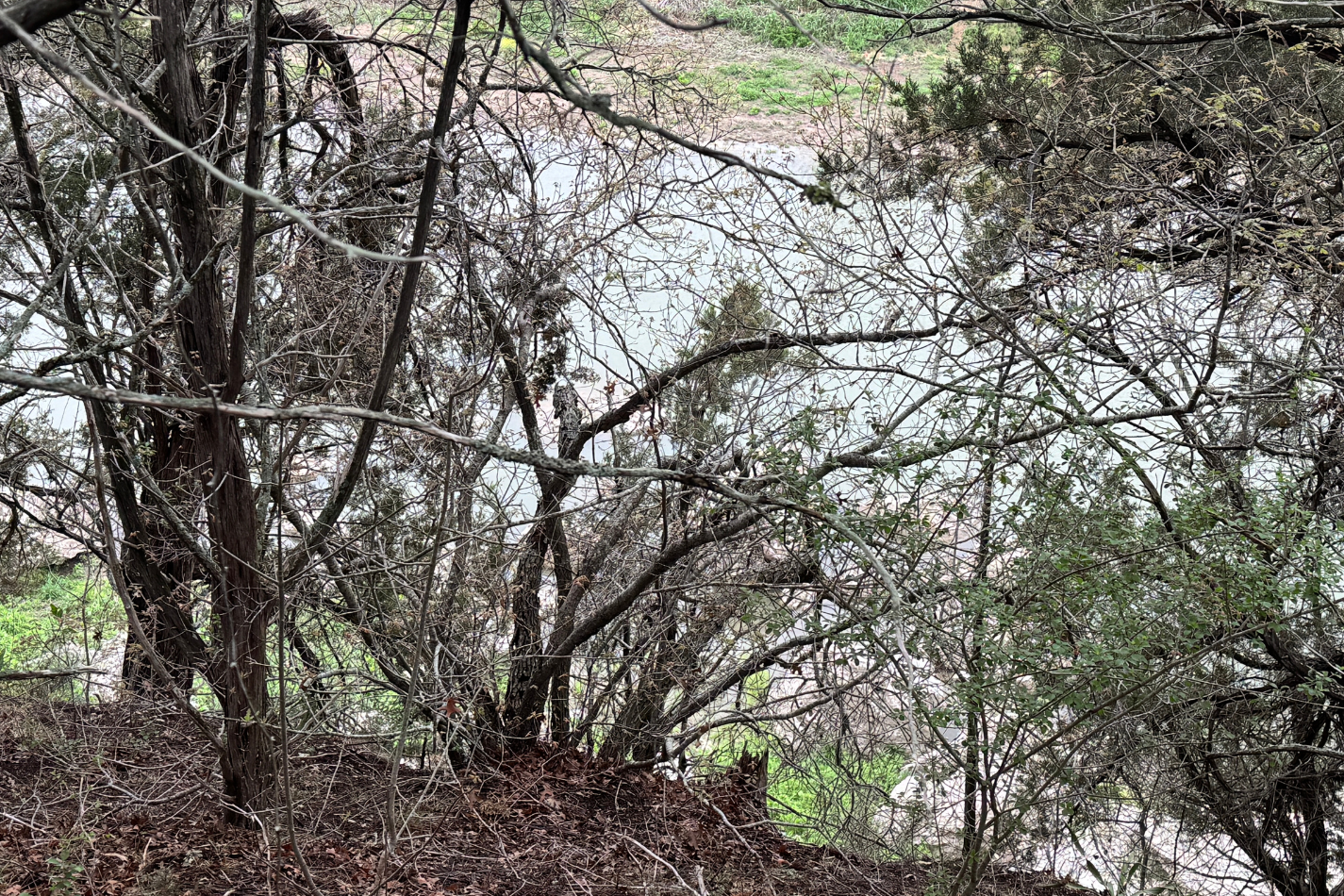
Twenty-seven miles of pure Central Texas terrain – that's what you're signing up for on the Goodwater Loop.
It's a beast, but a manageable one. Most hikers can knock it out in about 9 hours. Not bad for a full day's work but for most you'll feel it if you take that challenge.
Water's critical here. You'll find reliable sources at Russell Park and Tejas Park – don't miss them. Your body will thank you. Trust me.
Hydrate or regret it. Russell Park and Tejas Park are your lifelines on this unforgiving Texas trail.
Go clockwise. Always clockwise. You'll thank yourself when you're not scrambling over rocks with dead legs at mile 23. My first and second trips were counter clockwise and it is a brutal end.
The scenic views? Worth every hot spot. Lake Georgetown shimmers alongside diverse terrain that's perfect for training.
Beginners and veterans alike find their groove here. It's Texas hiking at its finest.
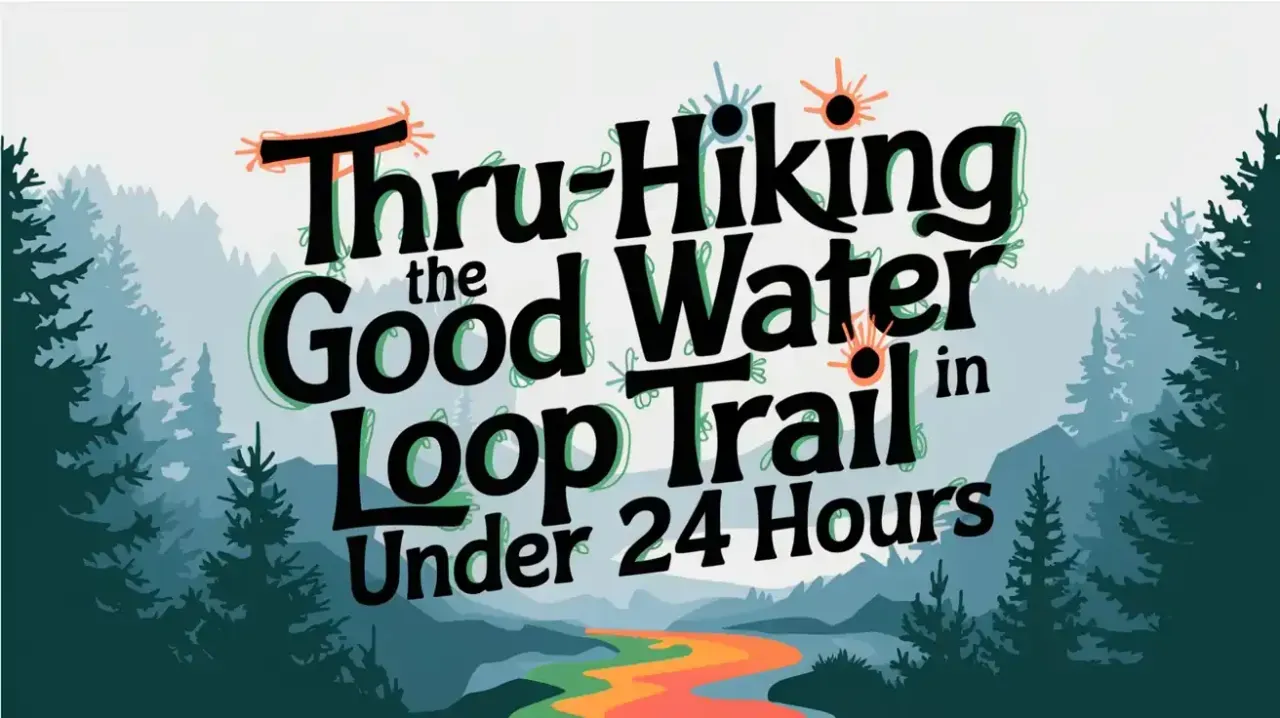
Which direction should you hike the Goodwater Loop in?
Ever wondered which way to tackle the Goodwater Loop? I have done counter-clockwise but have a interest in clockwise. Trust me on this counterclockwise tends to end in some brutal finishing miles on limestone that just tanks the feet.
Instead, starting from Cedar Breaks Park going clockwise instead sends you along the rougher path early when feet are fresh with the worst of the abuse right off the bat. Smart move? Not sure...
A clockwise hike allows you to hit Tejas Park about 10 miles in for a crucial water resupply early in your trek while your legs are still working. The trail splits make more sense this way too, saving you from that "am I lost?" panic.
Added bonus? You'll avoid head-on collisions with mountain bikers zooming downhill between Cedar Breaks and Tejas. Nobody wants that surprise.
The gradual ascents, generally no more than 100' up or down at a time, are more manageable, and to be honest the overall views unfold better this way.
Your tired body will thank you later.
Best time of year to go backpacking in Texas
The brutal Texas summer is your enemy, full stop. Nothing ruins a journey on Goodwater's beautiful backpacking trails faster than triple-digit heat with nowhere to hide.
Summer at Goodwater is a relentless furnace waiting to boil your hiking dreams into dust.
Smart hikers plan their adventures between October and April. Fall brings gloriously crisp mornings, perfect for hiking clockwise from the park and knocking out miles before lunch. Spring rewards with wildflower explosions but packs muddy surprises after rain.
- October-November: Low humidity, temperatures between 60-80°F, and fewer crowds make this the sweet spot
- December-February: Cool days, chilly nights—pack layers but enjoy the solitude
- March-April: Wildflowers everywhere, but be ready to adjust plans if storms roll in the next morning
Winter hiking? Underrated. Summer hiking? Pure masochism.
Trip planning and logistics for the Goodwater Loop
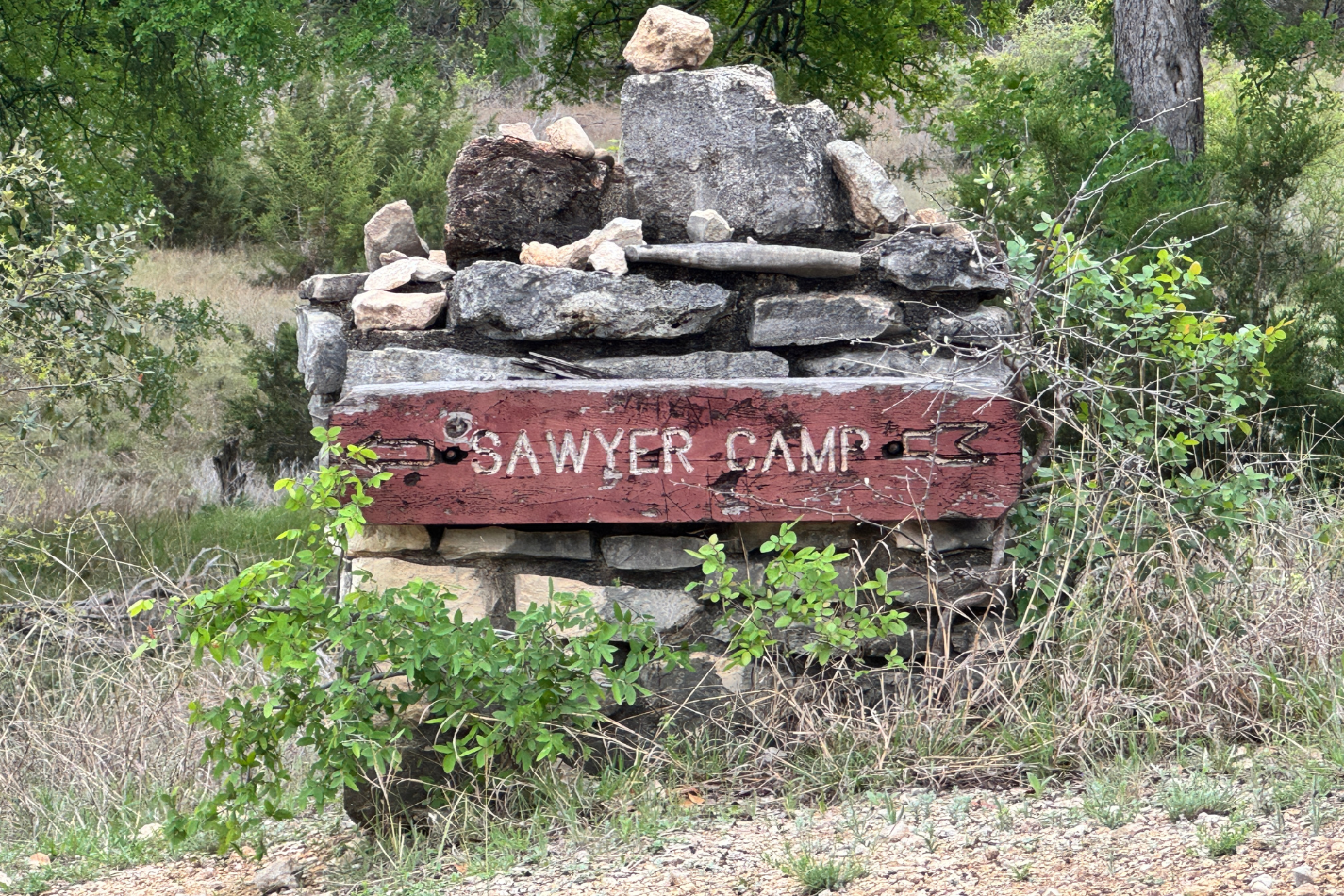
Planning a Goodwater Loop trek demands more than just showing up with a backpack and a prayer. This 26.9-mile trail around Lake Georgetown requires strategy.
Download offline maps. OnX and AllTrails have options and apps. Trail splits in many places can be confusing, and you don't want to add bonus miles as a result of missing a marker.
Water sources? Semi limited. Simple fill ups at recreational parks close to the trail, I suggest Russell Park and Tejas Park. The stretches between? Long. Dry. Unforgiving.
Ready to set up camp? Jim Hogg, Tejas, and Russell Parks needs reservations. The other primitive parks like Sawyer Park don't, you just show up and claim your spot.
Either way, start early. Nine hours is the average completion time. Daylight is your friend.
In depth water access along the Goodwater Loop
Water is no joke on this trail. You'll find potable water at Corps-maintained parks—Russell Park, Jim Hogg, and Tejas Park are your lifelines.
- Some stretches between sources can feel endless, especially if your hitting Texas summers, so plan accordingly or suffer
- A water filter isn't just nice, it's especially helpful when you're out of water and need direct from a lake or river.
Remember: this is Texas. Hot, unforgiving, thirsty Texas. Carry extra. The trail doesn't care about your hydration strategy, but your body will thank you later.
Planning your route: Suggested Itinerary (2–3 Days)
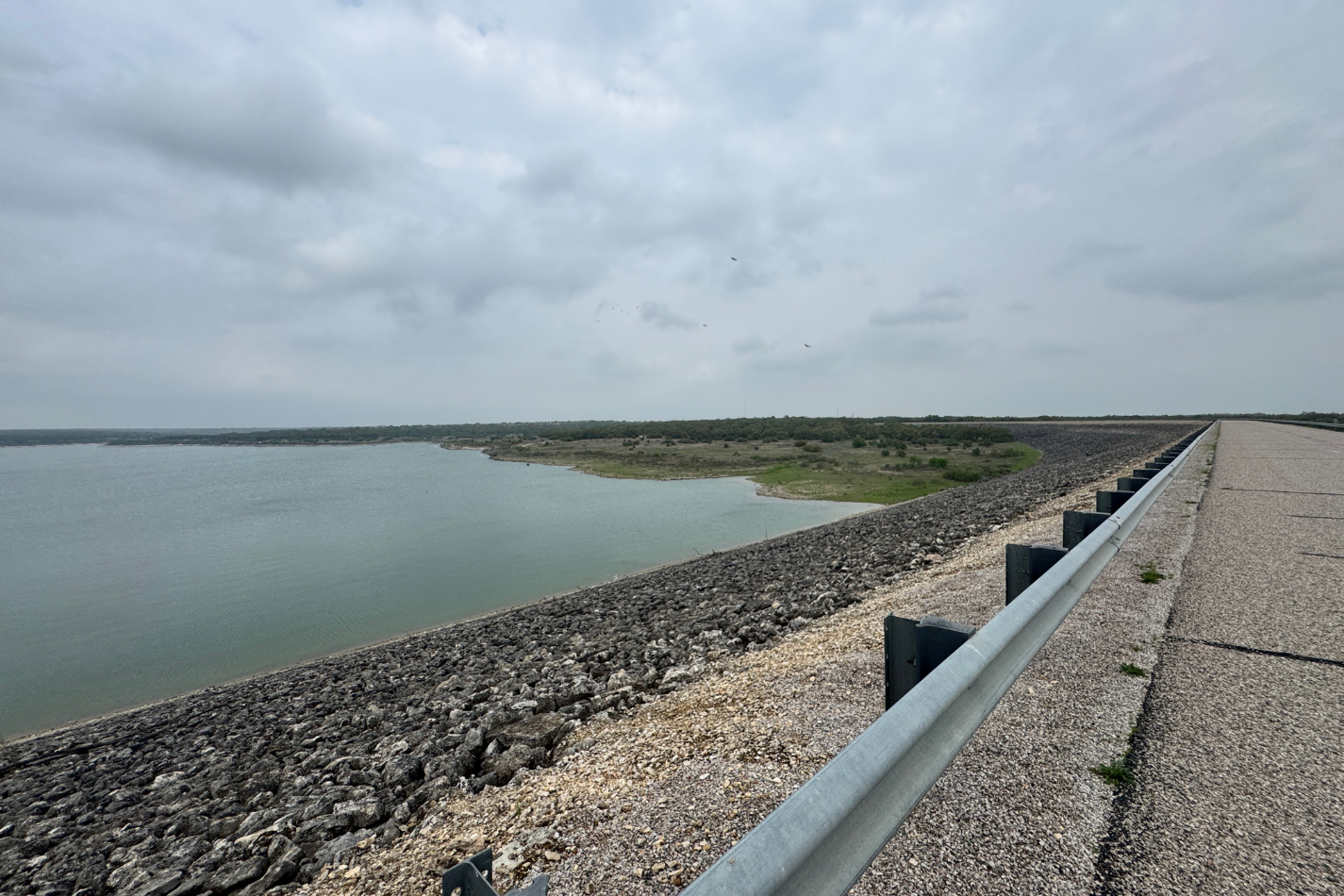
While you might feel tempted to tackle the entire Goodwater Loop in a single, heroic push, breaking it into manageable chunks will save your sanity—and probably your ankles. Trust me.
For beginners, a three-day approach is ideal. Start clockwise from Cedar Breaks Park, hiking 7 miles to Sawyer Park on Day 1. Nothing crazy.
Day 2 demands more grit—13.5 miles to either Jim Hogg or Russell Park. Brutal, but worth it. Resupply water at Tejas Park. You'll need it.
The final day? A merciful 5.5 miles through shaded woods over the dam back to Cedar Breaks Park. Wildlife viewing included. No extra charge.
Gear for your Goodwater Loop thru hike
Packing for the Goodwater Loop isn't rocket science, but it deserves your attention. Your gear choices can make the difference between an epic adventure and a miserable slog, especially when you're lugging too much at 30 pounds for nearly 27 miles, strive to reach a Texas 10 pound baseweight.
Let's talk about the essentials: your big four, clothing selections, food strategy, and which electronics actually deserve precious pack space.
Big Four For Goodwater Loop
The four most critical pieces of gear for your Goodwater Loop thru-hike will make or break your experience on this rocky 26.9-mile Texas trail.
Don't skimp here. Seriously.
Your shelter should weigh 2-3 lbs—enough protection without dragging you down those limestone paths.
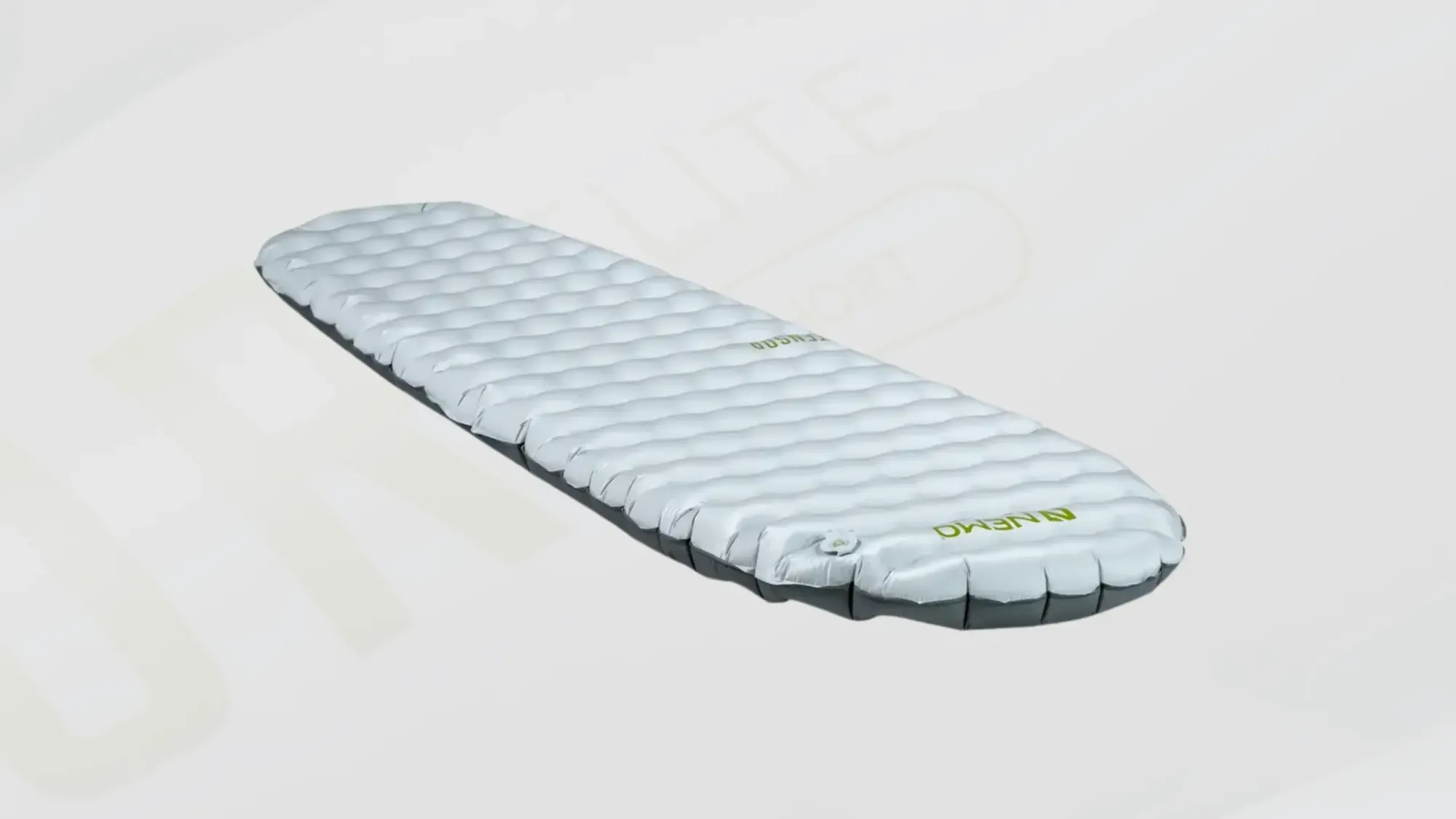
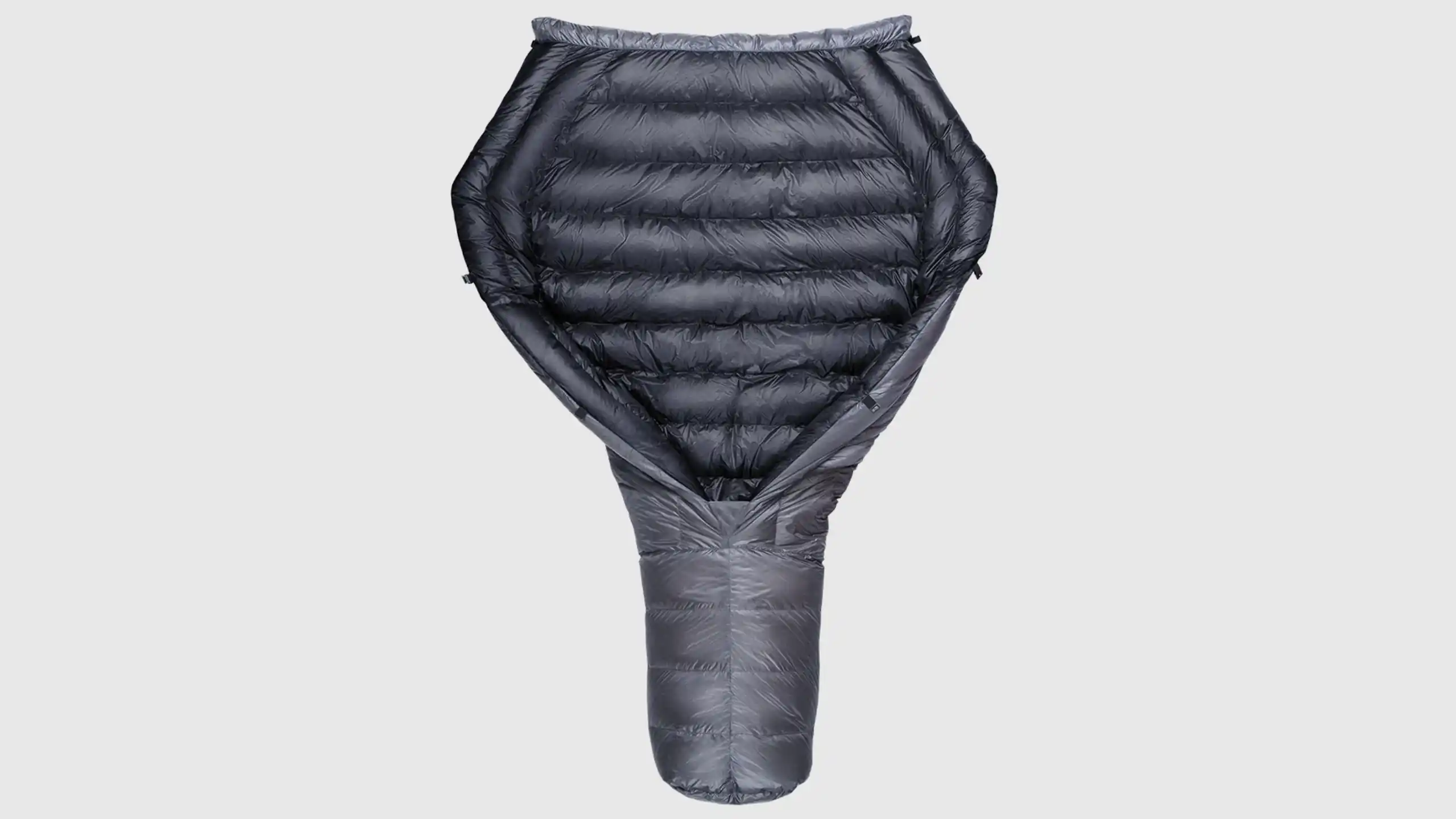
The sleep system (backpacking quilt and sleeping pad above are what I use for Texas hikes) shouldn't exceed 3-4 lbs total as this is Texas and lower R-Value and 40-50 degree quilt are super light. You'll thank yourself after those 10+ mile days when your body actually recovers overnight.
Your backpack needs to handle 40-50 liters of gear for most people while keeping your shoulders from revolting against you.

- A lightweight tent that can handle Texas' unpredictable weather tantrums
- A sleep system that balances comfort with weight (because sleeping poorly makes everyone miserable)
- A properly fitted backpack that distributes weight across your frame, not just your shoulders
Clothes
Beyond your big three items, what you wear on the Goodwater Loop can make it bearable or pure misery. Lightweight, moisture-wicking clothing is non-negotiable. Those 90-100 degree days will cook you otherwise.
Layers matter—breathable base for scorching afternoons, light jacket for evenings. Trust me.
Your feet need serious attention. Quality trail runners over sturdy boots for most will save your feet and ankles on those limestone sections.
Pair them with quick-drying socks since blisters are the enemy, especially after random Texas downpours turn parts of the trail into mud pits.
Don't forget sun protection. Long sleeve UPF shirts, wide-brimmed hat, sunglasses, and sunscreen. Period.
There's precious little shade out there on this trail, and the Texas sun shows zero mercy.
Food
Food for your Goodwater Loop adventure demands simpler planning, since the trail is short generally you can get away with just the things you enjoy eating and then a couple lunches, a dinner, and a breakfast for example for two days.
Many will choose lightweight, calorie-dense foods that won't weigh you down. Plan for your body needs, for some this is smaller for others it could be 3000 "calories" daily, your body will thank you when tackling those limestone ridges.
- Freeze-dried meals: Just add boiling water. Simple. Done.
- Snack constantly: Energy bars, nuts, jerky—eat before you're hungry.
- Hydration strategy: Water filtration is non-negotiable between Russell and Tejas Park.
Your food should be functional fuel, nothing more. Pack it light, but pack enough. Hungry hikers make stupid decisions.

